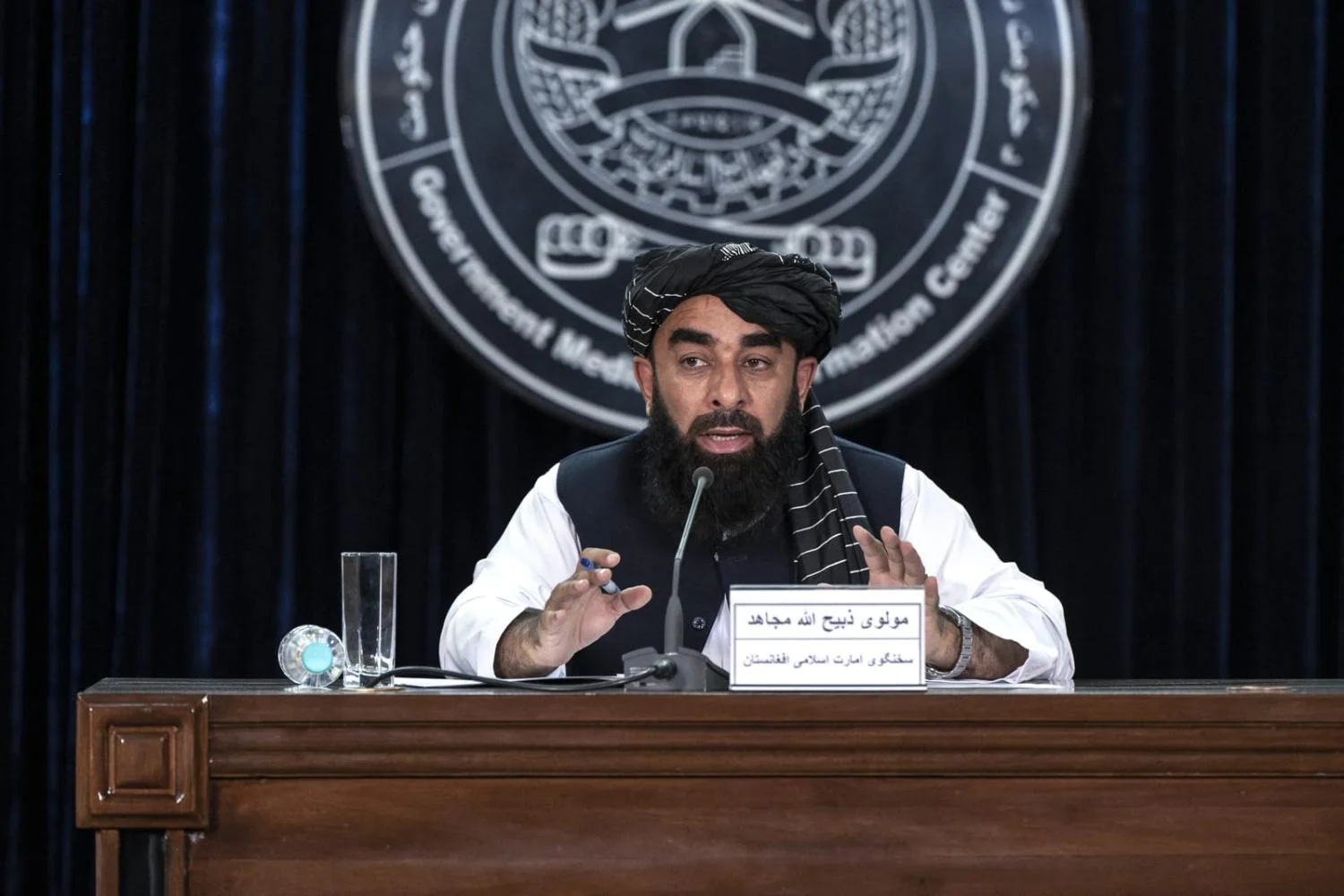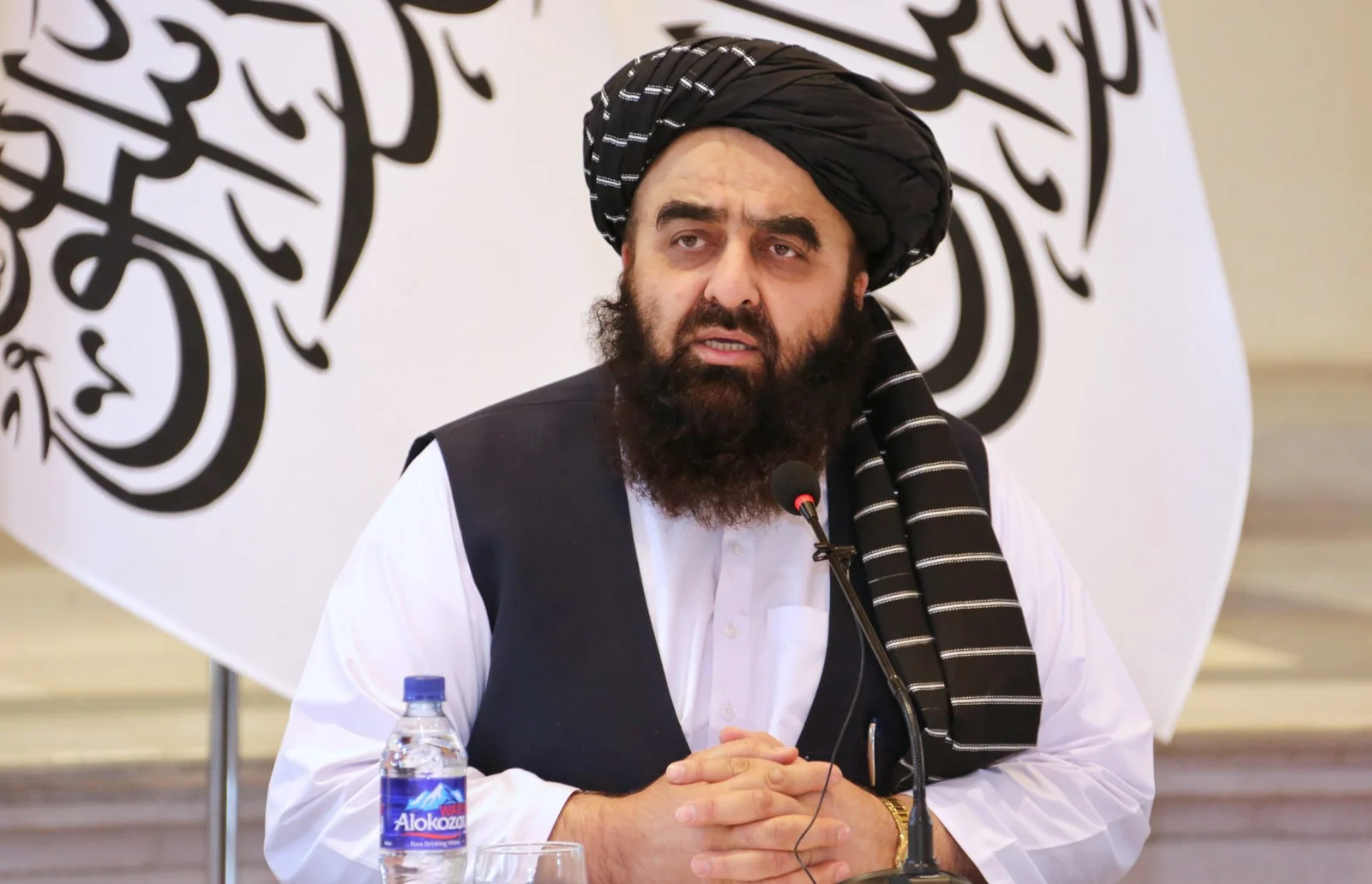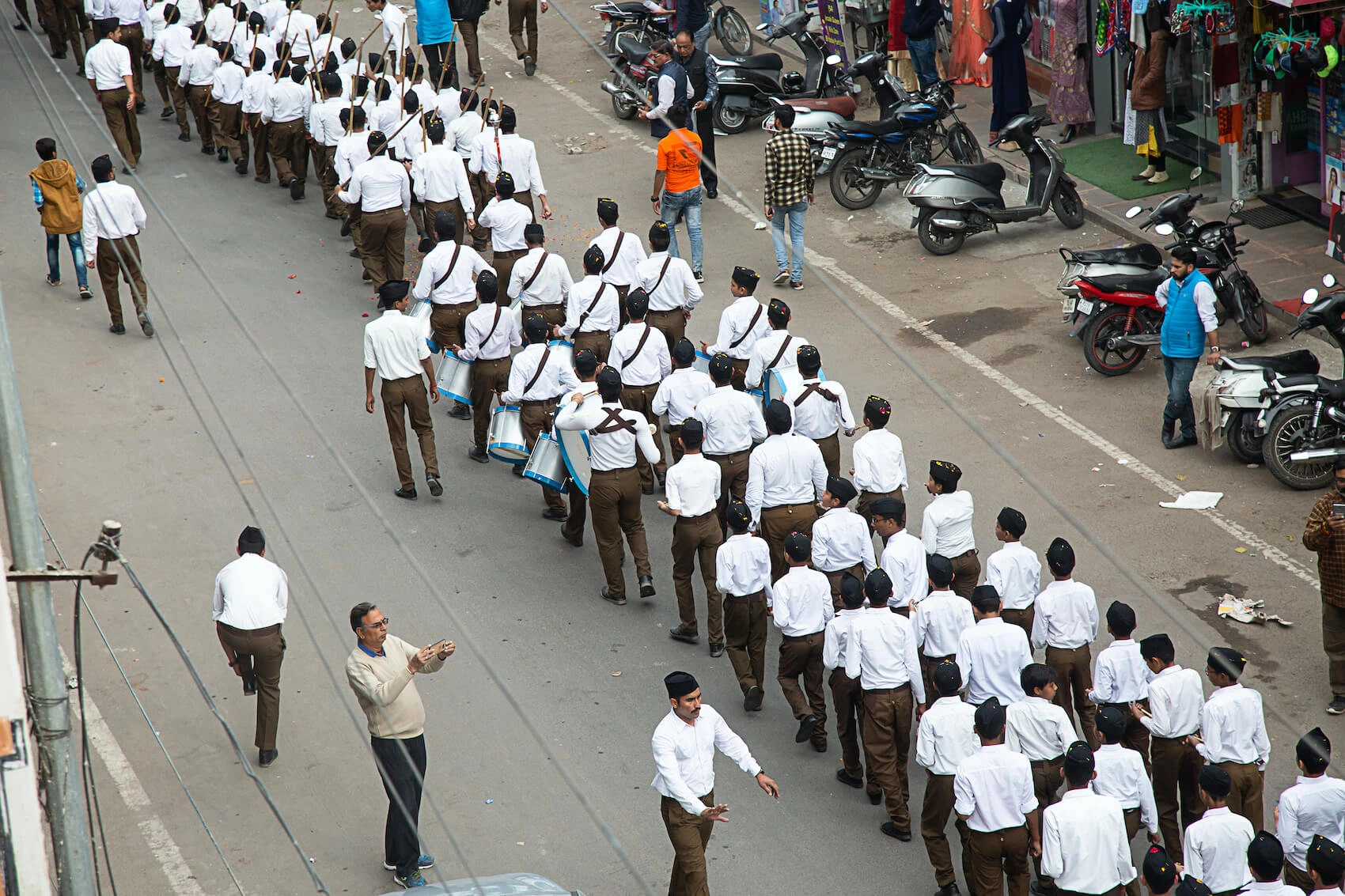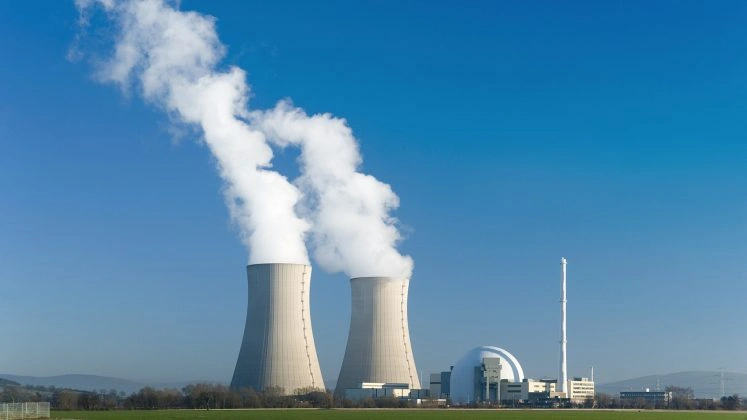Nearly four million displaced, at least 189 dead, as floods in India, Nepal
Heavy monsoon rains and flooding has displaced almost four million people. Government officials in Guwahati and Kathmandu said that deaths rose to at least 189 in the northeastern state of Assam and neighboring Nepal.
Moreover, the Brahmaputra River, which flows through China’s Tibet, India, and Bangladesh, has flooded, damaging crops and triggering mudslides.
What is happening in India?
More than 2.75 million people in Assam have been displaced by three waves of floods since late May. It has claimed 79 lives so far.
“The flood situation remains critical with most of the rivers flowing menacingly above the danger mark,” Assam water resources Minister Keshab Mahanta told Reuters.
33 districts out of 25 districts in Assam remain affected after the current wave of flooding.
Furthermore, India is also grappling with the novel coronavirus, which has infected over a million people and 26,816 have died from the disease.
The situation in Nepal
In neighboring Nepal, the government asked residents along its southern plains on Sunday to remain alert. Officials in Kathmandu predicted heavy monsoon rains. Around 100 have already died in floods and landslides since June.
Landslides and flash floods washed or swept away homes, upended roads, and bridges. Hence, displaced people are found in 26 of the country’s 77 districts. The home ministry\’s death toll expectation was to rise further as people were still missing. Landslides and flash floods are common in Nepal, India’s Assam and Bihar states during the June-September annual rainy season.





